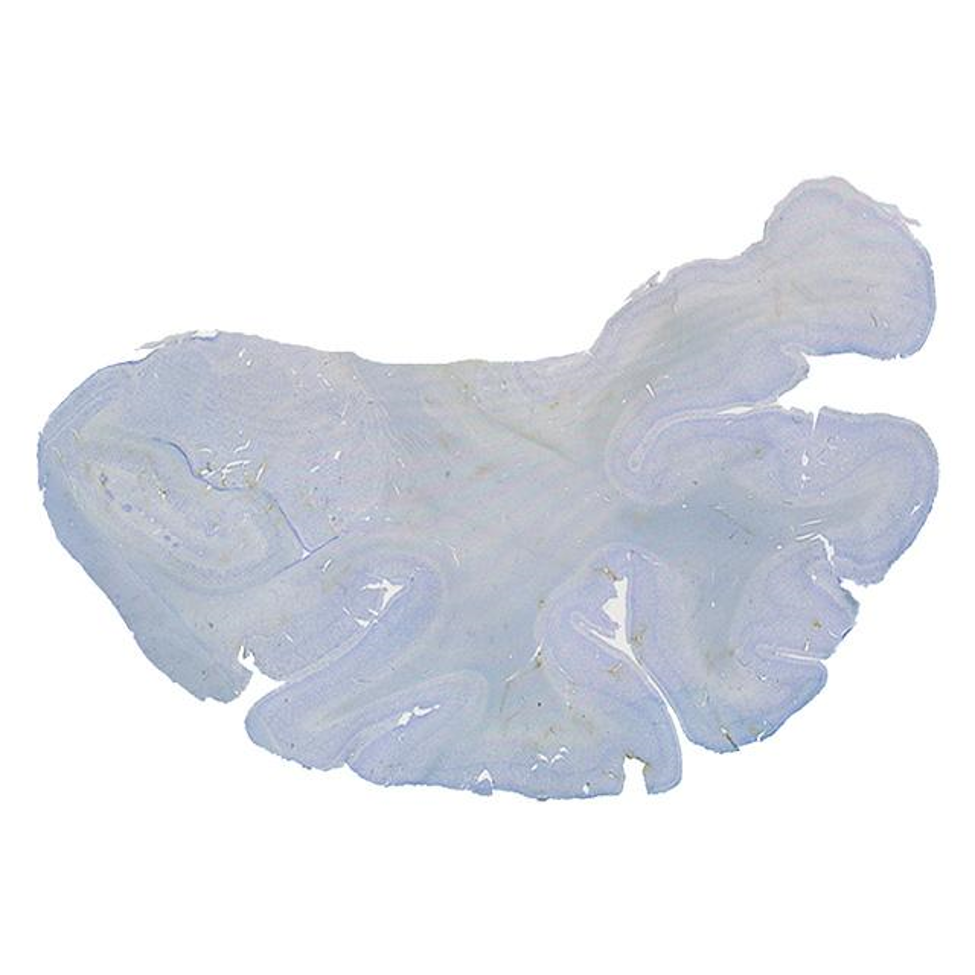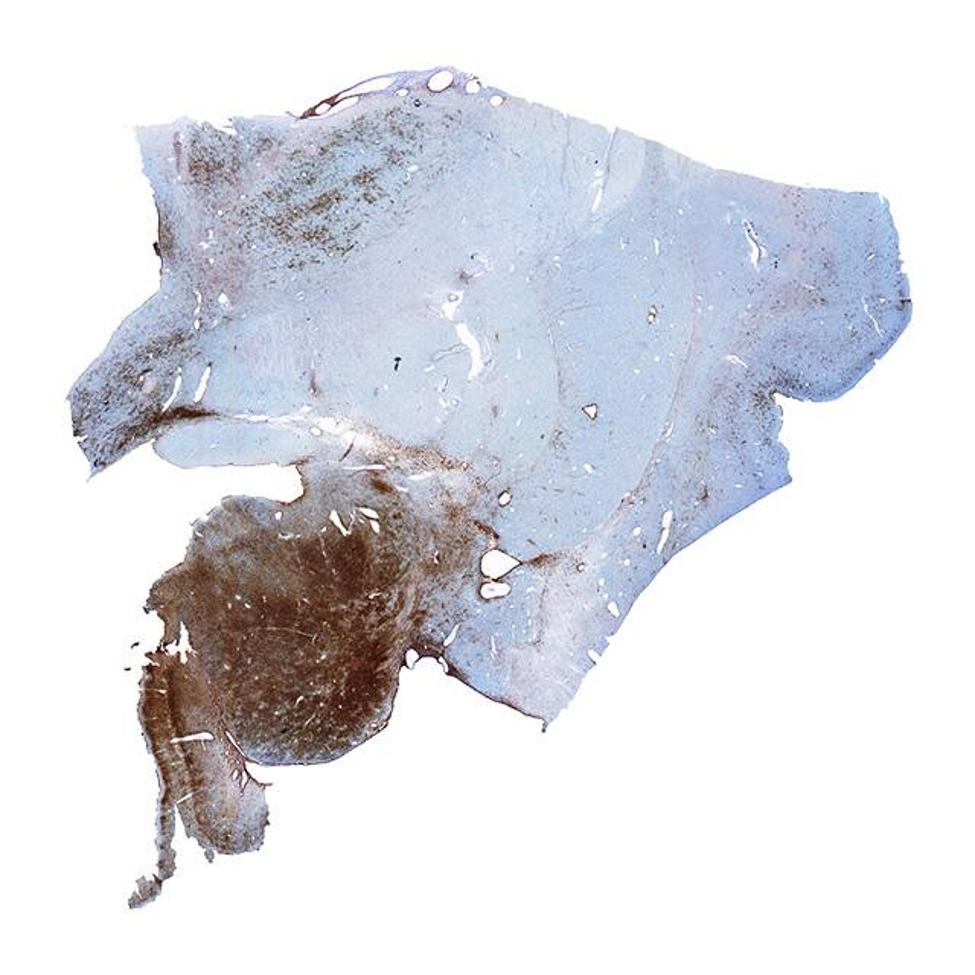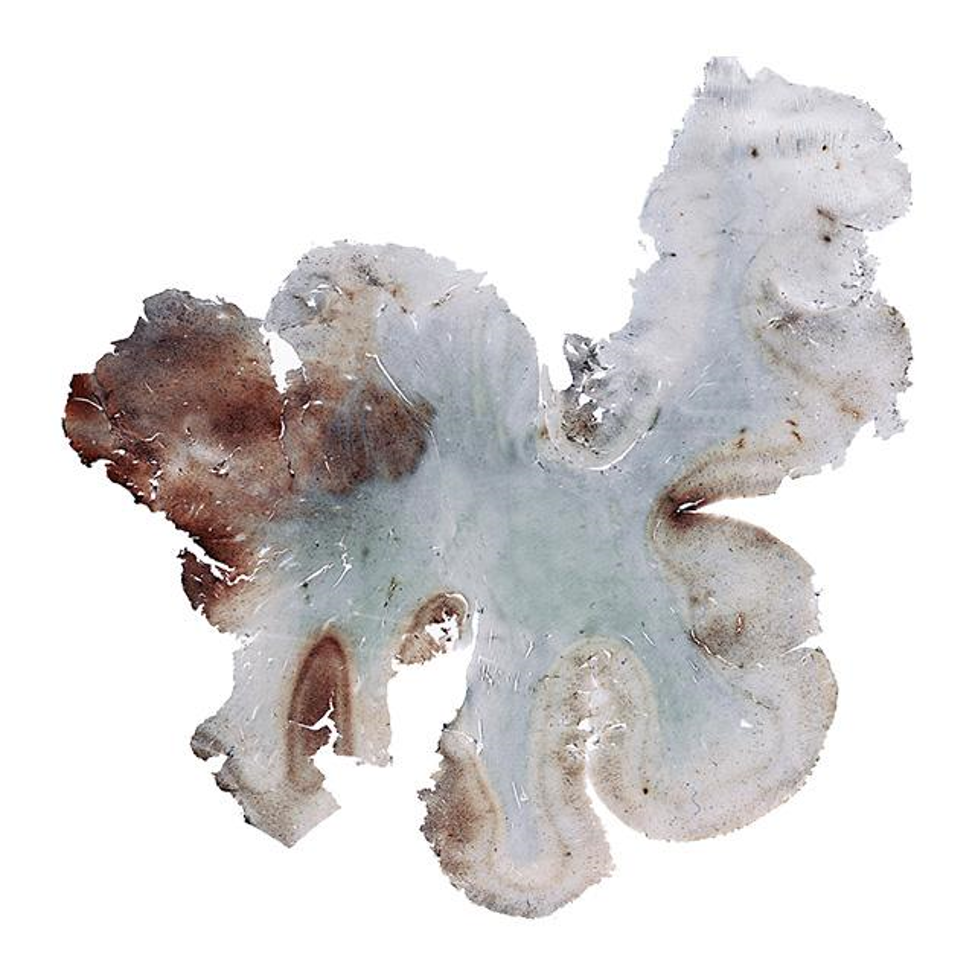By Dr. John Hughes, DO
As a TBI treatment specialist, I see a variety of patients with traumatic brain injuries (TBI) from military blast events, professional and high school sports, motor vehicle accidents, blunt traumas, or other causes. These patients almost always have some degree of mild to severe chronic post-concussive symptoms including mental fatigue, loss of concentration, memory loss, loss of decision-making, loss of motivation, insomnia, loss of libido, depression, anger, and even suicide ideation. These patients come to my clinic, TBI Therapy, with numerous questions about whether they can actually heal from their traumatic brain injury and if it may eventually progress to CTE in their later years.

What is CTE?
Boston University of Medicine researchers define it:
Chronic Traumatic Encephalopathy (CTE) is a progressive degenerative disease of the brain found in people with a history of repetitive brain trauma (often athletes) … The repeated brain trauma triggers progressive degeneration of the brain tissue, including the build-up of an abnormal protein called tau. These changes in the brain can begin months, years, or even decades after the last brain trauma or end of active athletic involvement (Boston University Research).
Ultimately, if TBI patients do not receive effective treatment, their TBI may eventually progress to become CTE in which their post-concussive symptoms actually become more permanent and pronounced, primarily, per the current medical theory, due to the build of tau proteins.
What are Tau Proteins?
Tau proteins are intracellular proteins of neurons that support microtubules, hollow fibrous tubes that give structure to the cell. Tau proteins in proper numbers are essential and normal in everyone’s brain. However, when patients have untreated or poorly treated concussions or more severe TBIs, these proteins tend to hyperaccumulate in the cells and block neuronal signaling, particularly along axonal pathways, leading the symptoms associated with CTE, Alzheimer’s disease, and Parkinson’s.
When these Tau proteins hyperaccumulate in cells, they begin to act a lot like scar tissue that occurs after sports injuries or surgeries in skin, ligaments, tendons, and even joints. The scar tissue inside tendons and ligaments is also fibrous tissue called fibrosis. When viewed under a microscope, the fibrotic scar tissue looks a lot like disorganized calcified spider webs in comparison to the normal longitudinal patterns of collagen healthy tendons and ligaments. This scar tissue, operating in a similar way to Tau proteins, hyper-accumulates and ultimately ends up trapping nerve fibers and blocking nerve transmission. Treatment for this fibrosis in tendons and ligaments requires an injection of autologous human plasma (aka platelet rich plasma from the same patient), which is rich in growth factors as well as anti-fibrotic factors, and oxygen to help restore the tissue to a healthy state.
See brain slides from the Boston University below.
Tau immunostained sections of medial temporal lobe from 3 individuals: The Tau stains are brown.



Treatment for TBI and CTE
It is theorized that treating TBI patients with oxygen, including hyperbaric oxygen therapy (HBOT), and plasma rich in growth and anti-fibrotic factors may also prevent Tau protein accumulation associated with CTE. In the same way that scar tissue forms in tissues due to lack of oxygen and nourishment, this rationale explains why Tau proteins develop in the neurons of the brain. For every TBI or CTE patient with or without symptoms, at a cellular level, they are deficient in the resources, oxygen and nutrients, to provide enough energy to function as well as to heal the brain.
Hence, it makes since that providing oxygen, through pressure hyperbaric oxygen therapy, and nourishment from autologous plasma dripped directly into the brain through the upper part of the nose can help traumatic brain injury patients as well as potentially prevent CTE. However, once a TBI patient has progressed to the degenerative state of CTE, it can be much harder to restore the neurons to a more functional state.
For more information, contact Dr. John Hughes, D.O. at TBI Therapy: 970-927-0466
References
Boston University Research: CTE Center. Retrieved January 15, 2020 from http://www.bu.edu/cte/about/frequently-asked-questions/.
Boussi-Gross, R., Golan, H., Fishlev, G., Bechor, Y., Volkov, O., et al. (2013) Hyperbaric Oxygen Therapy Can Improve Post Concussion Syndrome Years after Mild Traumatic Brain Injury – Randomized Prospective Trial. PLoS ONE 8(11): e79995. doi: 10.1371/journal.pone.0079995.
Cantu, R. (August, 2013). What Physical and Cognitive Rest Really Mean After a Concussion. Retrieved from https://www.brainline.org/video/what-physical-and-cognitive-rest-really-mean-after-concussion.
Donahue, D. L., Beck, J., Fritz, B., Davis, P., Sandoval-Cooper, M., Thomas, S. G., . . . Castellino, F. J. (2014). Early platelet dysfunction in a rodent model of blunt traumatic brain injury reflects the acute traumatic coagulopathy found in humans. Journal of Neurotrauma, 31(4), 404-410. doi: 10.1089/neu.2013.3089
Eve, D. J., Steele, M. R., Sanberg, P. R., & Borlongan, C. V. (2016). Hyperbaric oxygen therapy as a potential treatment for post-traumatic stress disorder associated with traumatic brain injury. Neuropsychiatric disease and treatment, 12, 2689.
Gladstone Institutes. (2008). Collagen May Help Protect Brain Against Alzheimer’s Disease. ScienceDaily. Retrieved August 15, 2016 from www.sciencedaily.com/releases/2008/12/081210150713.htm
Hadanny, A., Abbott, S., Suzin, G., Bechor, Y., & Efrati, S. (2018). Effect of hyperbaric oxygen therapy on chronic neurocognitive deficits of post-traumatic brain injury patients: retrospective analysis. BMJ open, 8(9), e023387.
Hanson, L. R., & Frey, W. H. (2008). Intranasal delivery bypasses the blood-brain barrier to target therapeutic agents to the central nervous system and treat neurodegenerative disease. BMC neuroscience, 9(Suppl 3), S5.
Harch, P. G., Andrews, S. R., Fogarty, E. F., Lucarini, J., & Van Meter, K. W. (2017). Case control study: hyperbaric oxygen treatment of mild traumatic brain injury persistent post-concussion syndrome and post-traumatic stress disorder. Medical Gas Research, 7(3), 156–174. http://doi.org/10.4103/2045-9912.215745
Harch, P. G., Andrews, S. R., Fogarty, E. F., Amen, D., Pezzullo, J. C., Lucarini, J., … & Van Meter, K. W. (2012). A phase I study of low-pressure hyperbaric oxygen therapy for blast-induced post-concussion syndrome and post-traumatic stress disorder. Journal of neurotrauma, 29(1), 168-185.
Hardy, P., Johnston, K. M., De Beaumont, L., Montgomery, D. L., Lecomte, J. M., Soucy, J. P., … & Lassonde, M. (2007). Pilot case study of the therapeutic potential of hyperbaric oxygen therapy on chronic brain injury.Journal of the neurological sciences, 253(1), 94-105.
Hu, Q., Manaenko, A., Xu, T., Guo, Z., Tang, J., & Zhang, J. H. (2016). Hyperbaric oxygen therapy for traumatic brain injury: bench-to-bedside. Medical Gas Research, 6(2), 102–110. http://doi.org/10.4103/2045-9912.184720
Huang, L., & Obenaus, A. (2011). Hyperbaric oxygen therapy for traumatic brain injury. Medical Gas Research, 1, 21. http://doi.org/10.1186/2045-9912-1-21.
Matsui M and Y Tabata. 2012. Enhanced angiogenesis by multiple release of platelet-rich plasma contents and basic fibroblast growth factor from gelatin hydrogels. Acta Biomater. 8(5):1792-801. doi: 10.1016/j.actbio.2012.01.016
Middleton KK et al., 2012. Evaluation of the effects of platelet-rich plasma (PRP) therapy involved in the healing of sports-related soft tissue injuries. Iowa Orthop J. 32:150-63.
Stoller, K. P. (2011). # Hyperbaric oxygen therapy (1.5 ATA) in treating sports related TBI/CTE: two case reports. Medical gas research, 1(1), 1-6.
Tal, S., Hadanny, A., Sasson, E., Suzin, G., & Efrati, S. (2017). Hyperbaric oxygen therapy can induce angiogenesis and regeneration of nerve fibers in traumatic brain injury patients. Frontiers in Human Neuroscience, 11, 508.
Tal, S., Hadanny, A., Berkovitz, N., Sasson, E., Ben-Jacob, E., & Efrati, S. (2015). Hyperbaric oxygen may induce angiogenesis in patients suffering from prolonged post-concussion syndrome due to traumatic brain injury. Restorative Neurology and Neuroscience. 33(6):943-51. doi: 10.3233/RNN-150585.
Tau Proteins. Retrieved January 15, 2020 from https://en.wikipedia.org/wiki/Tau_protein
The Function Of Microtubules. Retrieved January 15, 2020 from http://www.softschools.com/science/biology/the_function_of_microtubules/
Thom, S. R., Bhopale, V. M., Velazquez, O. C., Goldstein, L. J., Thom, L. H., & Buerk, D. G. (2006). Stem cell mobilization by hyperbaric oxygen. American Journal of Physiology-Heart and Circulatory Physiology, 290(4), H1378-H1386.
Weil, L., Kol, C. P., Sul, K., & Chiu, W. T. (2008). Effect of hyperbaric oxygen on patients with traumatic brain injury. Acta Neurochirurgica Supplements Editor: H.-J. Steiger, 101, 145-149.
Wolf, G., Cifu, D., Baugh, L., Carne, W., & Profenna, L. (2012). The effect of hyperbaric oxygen on symptoms after mild traumatic brain injury. Journal of neurotrauma, 29(17), 2606-2612.
Wright, J. K., Zant, E., Groom, K., Schlegel, R. E., & Gilliland, K. (2009). Case report: treatment of mild traumatic brain injury with hyperbaric oxygen.
Zhang, Y., Ying, G., Ren, C., Jizhang, Y., Brogan, D., Liu, Z., . . . Ji, X. (2015). Administration of human platelet-rich plasma reduces infarction volume and improves motor function in adult rats with focal ischemic stroke. Brain Research, 1594, 267-273.
Zhang, J., Jiang, R., Liu, L., Watkins, T., Zhang, F., & Dong, J. (2012). Traumatic brain injury-associated coagulopathy. Journal of Neurotrauma, 29(17), 2597-2605. doi: 10.1089/neu.2012.2348
